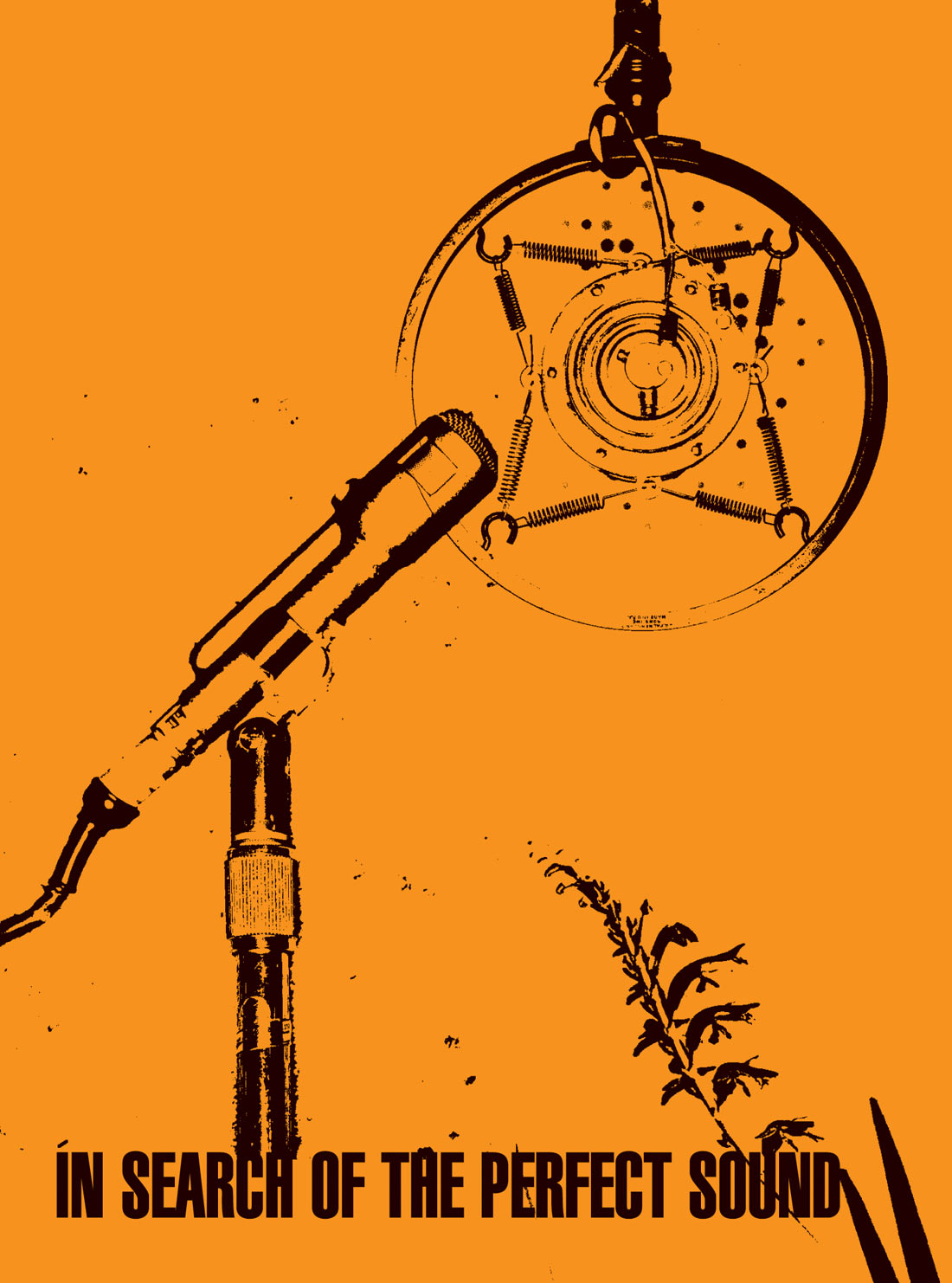The Sonodyne SRP series is a no-nonsense entry into the sub-$1000 monitor scene, with five different models ranging from 3'' to 8'' in woofer size. Touting an ultra-wide sweet spot with custom waveguides for the tweeters on each model, SRP monitors are enclosed in die-cast aluminum enclosures that eliminate vibration-induced coloration. They feature woven Kevlar cones, and Sonodyne claims they exhibit accurate transient and low-end response, despite their compact size. Having no prior experience with Sonodyne monitors, I was excited to take a listen.
I spent a few weeks with an SRP 600 pair mainly using them as a complementary set of monitors, as I'd loaned my NS-10Ms to another engineer and needed another set of monitors for referencing during some mix projects. Right off the bat, it was apparent that they are indeed articulate, and loud. I had to turn them down a bit to make them evenly matched with my Focal and my Auratone speakers. But aside from shear volume, the detail in the midrange was very pleasing.
After digging in a bit more and experimenting with both my own mixes and some of my favorite albums, from 300 Hz — 12 kHz, I felt like I was hearing a pretty darn accurate representation of the audio — particularly within the crucial 800 Hz — 2 kHz midrange. The manual specifies a usable frequency range of 42 Hz — 25 kHz, and I feel like for the most part that's true, which I didn't expect would be the case, given the size and cost.
When it came to actually making decisions with the Sonodynes, I first played a mix that I'd been working on for a few days, and a few things jumped out at me right away. I could hear that my vocal effects were clouding up the center of the image in both their positioning and their equalization — a welcome revelation. After switching back to my Focals, I found that it was the right call. There was also a guitar that was covering up the vocals with some overzealous 400 Hz. However, the biggest shock was I could hear the punchy ultra-lows (which I'll classify as 40-80 Hz for the purposes of this review), coming from these little monitors quite clearly. I went to work on those frequencies, as I'd noticed that they were an issue in my car earlier that day.
For all of the good things that the SRP 600 did to the midrange, I felt like 100-250 Hz was less impressive, but still very useful for ensuring that my mixes were translating with lesser systems. It should also be noted that this review was conducted entirely in one room, so your results may vary (especially in regards to frequency ranges that are affected most by nearby surface reflections). While the back of the speakers have equalizers that allow you to increase 50-250 Hz by up to 3 dB either way (and a separate EQ for the highs), I was happy with the representation up to 100 Hz, so I figured it'd be best to do any critical low-end adjustments on my usual rig that I know inside and out. After all, I was mainly evaluating these monitors by utilizing them as a complementary pair to my current setup, so revealing any flaws in my midrange was much more appealing to me than a fancy low register. It should be noted, however, that an unclouded low end allows you to really concentrate on your midrange, which was exactly what I'd been looking for.
Last but not least, I found the high end to be very serviceable — perhaps not as revealing as the midrange, but coming in a close second. You'll definitely know if you've got too much going on from 5 kHz up. I'd describe the response as being crispy — somewhere between the Genelec 8000 series and the Mackie HR824 [Tape Op #67]. In my time with the monitors, I didn't feel like I had to dial back the high end, but I wasn't really using them exclusively. Were they the only monitors I had to use, listening at extremely high levels would probably call for a slight adjustment.
The SRP 600 retails for $775 each, which is interesting, because I feel like overall, they sound a little more expensive than that. For me, the big thing is that they sound very different than what I'm used to, but in an entirely useful way, so I may have to buy myself (yet) another pair of speaker stands for my room. Monitors are a very subjective and finicky thing to nail down, so I fully suggest trying out several different pairs if you're in the market; just be sure to include the SRP series while you're at it.




_disp_horizontal_bw.jpg)